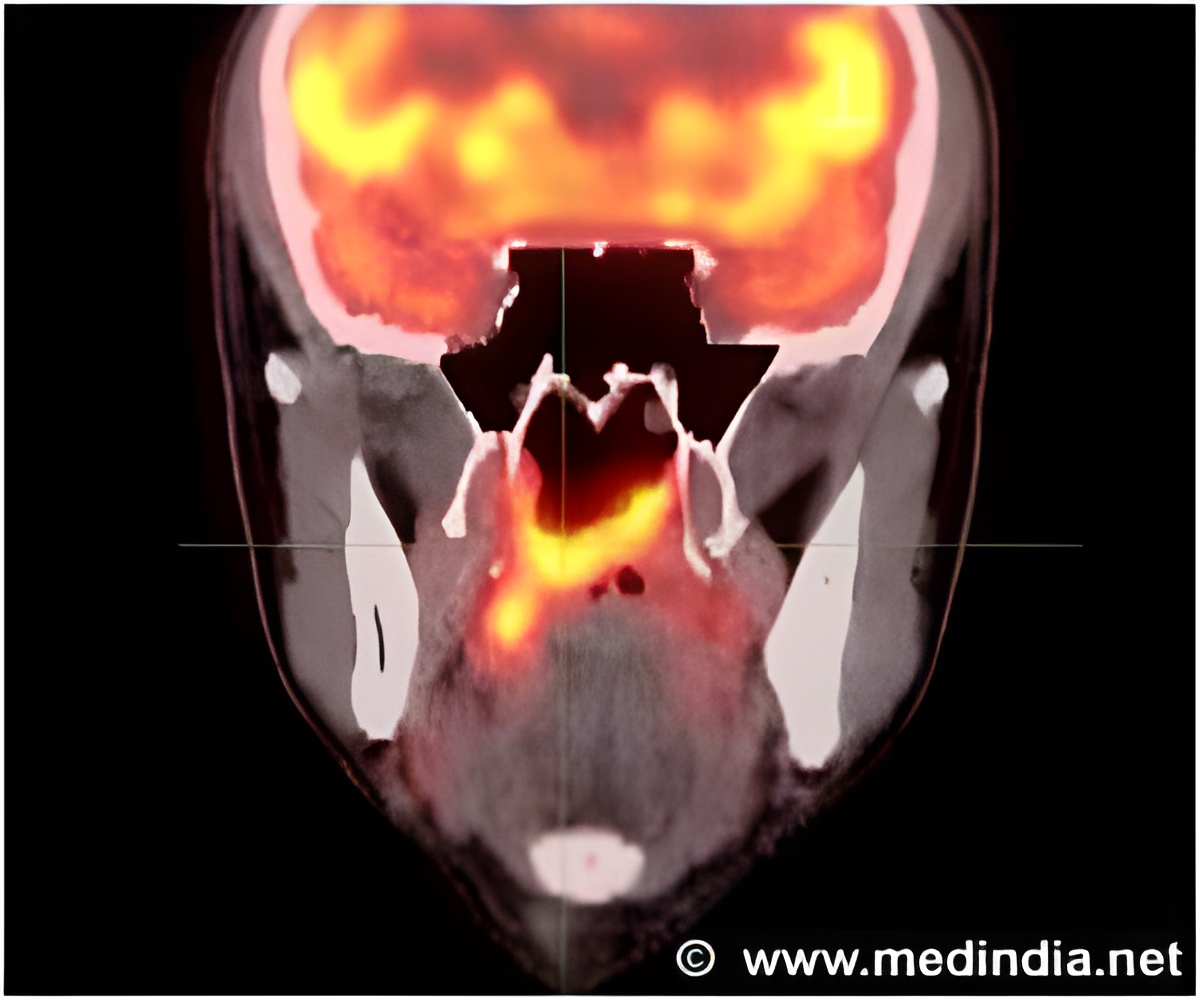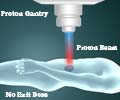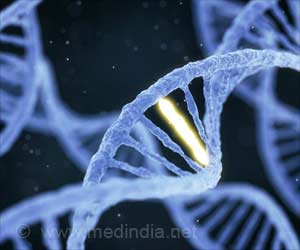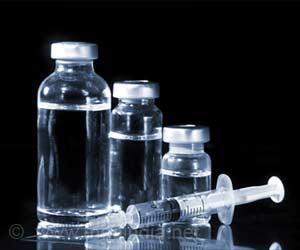
‘Proton beam therapy is not only effective, but it is also more tolerable for pediatric patients with head and neck cancers.’
Tweet it Now
The area's sensitivity also means the effects of treatment can lower patient quality of life due to symptoms including loss of appetite, difficulty swallowing, or mucositis - in which ulcers form in the digestive tract, usually in reaction to chemotherapy or radiation."These concerns are especially important to address in pediatric patients, since they're still developing and may need to deal with any adverse effects for the rest of their lives. This study shows that protons may be an important tool in improving quality of life both during treatment and for years after for these young patients," said the study's senior author Christine Hill-Kayser, MD, chief of the Pediatric Radiation Oncology Service at Penn and an attending physician at CHOP. CHOP cancer patients who need radiation therapy are treated at Penn, including proton therapy through the Roberts Proton Therapy Center. Jennifer Vogel, MD, a resident in Radiation Oncology at Penn, is the study's lead author.
Researchers looked at 69 pediatric head and neck cancer patients treated with PBT at Penn and CHOP between 2010 and 2016. Thirty-five (50 percent) of those patients had rhabdomyosarcoma, a cancer of the cells that make up skeletal muscles. Ten (7 percent) were treated for Ewing sarcoma, a cancer most commonly found in the bone or soft tissue. The other 24 were treated for a variety of other cancers affecting the head and neck regions.
One year after treatment, 93 percent of patients were still alive, and 92 percent did not experience recurrence at their primary disease site.
Toxicities, or side effects, are measured on a scale from 1 to 5 with 5 being the most severe. In this study, no patients were above grade 3, and the most severe toxicities at that level were mucositis (4 percent), loss of appetite (22 percent), and difficulty swallowing (7 percent).
Advertisement
Those numbers are still well below what is typically associated with photon radiation. In rhabdomyosarcoma, for example, 46 percent of patients historically report grade 3 or 4 mucositis.
Advertisement
Researchers say they plan to follow up with these patients to evaluate long-term disease control and late-developing toxicity.
Source-EurekAlert










